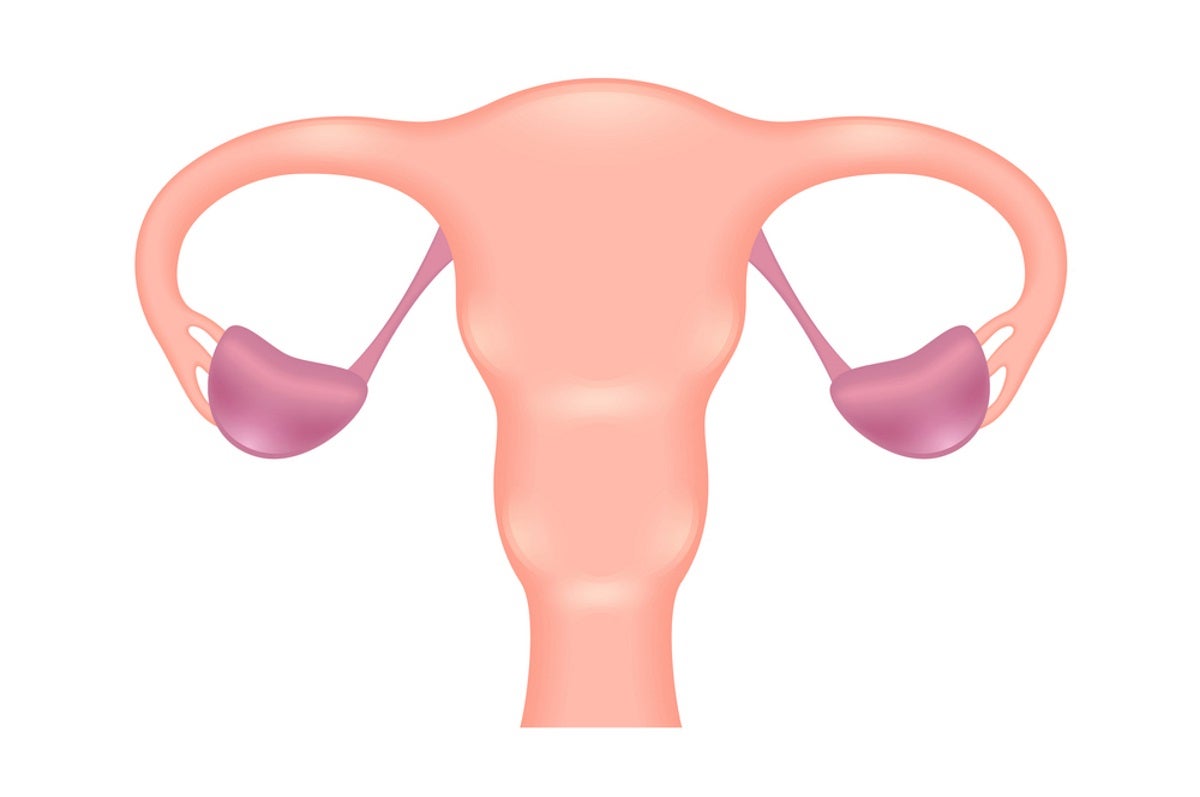Salpingectomy (Removal of the Fallopian Tubes) 101
A hysterectomy is a surgery to remove the uterus, but other procedures can be done at the same time. One such procedure is a salpingectomy (removal of the fallopian tubes). If you will have both your uterus and ovaries removed, then your surgeon is very likely to also remove your fallopian tubes. If, however, you will be keeping your ovaries, then a salpingectomy isn’t automatically done.
There can be several reasons to have the fallopian tubes surgically removed, such as if they are diseased or blocked. In addition, studies have found that ovarian cancer may begin in the fallopian tubes. Thus, if you have a personal or family history of ovarian cancer, your doctor may recommend you have your fallopian tubes removed as a preventive measure.
Though there are health issues which may dictate the need for a salpingectomy, if your fallopian tubes are healthy and you have no family history of cancer then you may not need them removed. Just as with any other organs, the fallopian tubes should not be removed simply because you are having a hysterectomy Instead, you and your doctor need to discuss your personal and family medical history and then weigh the pros and cons for you. Seeking a second opinion can also help you make the best decision for you.
Content Sponsored by: MIRI Women – The Minimally Invasive Reproductive Surgery Institute (MIRI) brings together highly skilled, board-certified specialists who are focused on women’s health. Our team of professionals is trained in advanced gynecology, specifically hysterectomy surgery. Philosophically, our partner physicians take a “less is more” approach to health care, by first treating patients with the most conservative therapies. MIRI focuses on physical healing, while emphasizing that a patient’s emotional well-being is just as important.







